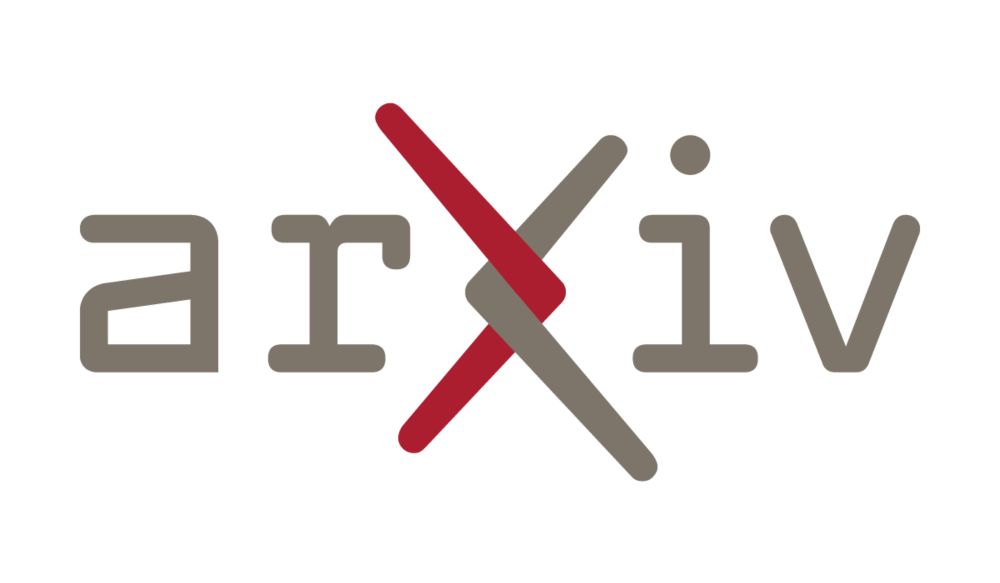
If you're coming to COLT, @khodakmoments.bsky.social , @tm157.bsky.social, myself, Nick Boffi and Jianfeng Lu are organizing a workshop on the Theory of AI for Scientific Computing, to be held on the first day of the conference (Monday, June 30). Schedule here: tasc-workshop.github.io/#schedule
29.06.2025 01:17 — 👍 3 🔁 0 💬 0 📌 0
Finally, this lens doesn't consider computation per layer. A typical GNN layer (e.g. a GCN layer) for the edge-based architecture would be more expensive compared to the node-based architecture. It would be nice if "rewiring" ideas in the literature can get best-of-both-worlds.
24.06.2025 15:54 — 👍 0 🔁 0 💬 0 📌 0
This echoes a message from recent position papers (e.g. arxiv.org/pdf/2502.14546) that we need better benchmarks for graph-based tasks to "see" fine-grained differences between improved architectures/methods/etc. (This argument has been made more broadly for benchmarks in SciML)
24.06.2025 15:54 — 👍 0 🔁 0 💬 1 📌 0
Empirically, on "standard" benchmarks edge embeddings provide only modest benefit---but it's easy to construct (synthetic, diagnostic, but natural) datasets which have a "hub" structure on which edge embeddings perform dramatically better.
24.06.2025 15:54 — 👍 0 🔁 0 💬 1 📌 0
The proof techniques are reminiscent of and inspired by techniques in time–space trade-offs in computational complexity, which measure "information flow" between variables in a function. A nice survey if interested here: cs.brown.edu/people/jsava...
24.06.2025 15:54 — 👍 0 🔁 0 💬 1 📌 0
The separation manifests on graphs with topological bottlenecks (i.e. hub nodes), and when solving the task requires routing information through a narrow cut. The hub nodes need to either have a lot of memory or the length of the protocol has to grow.
24.06.2025 15:54 — 👍 0 🔁 0 💬 1 📌 0
We show that there are natural functions computable by edge architectures with constant depth and memory. However, in any node-based architecture, depth x memory has to be Ω(√n), where n = # nodes of the graph. Moreover, without the memory constraint there is *no* separation.
24.06.2025 15:54 — 👍 0 🔁 0 💬 1 📌 0
We examine a modest architectural change: edges maintain their own state (common GNNs maintain node states). This change was introduced in the literature mostly to naturally handle edge-centric tasks & edge features---but we show it has representational benefits too.
24.06.2025 15:54 — 👍 0 🔁 0 💬 1 📌 0
Congratulations!
09.12.2024 22:43 — 👍 4 🔁 0 💬 0 📌 0
The world's leading venue for collaborative research in theoretical computer science. Follow us at http://YouTube.com/SimonsInstitute.
staff writer at The Atlantic, covering science. former microbiologist / forever cat enthusiast. (she/her) SIGNAL: @katherinejwu.12
AI & Transportation | MIT Associate Professor
Interests: AI for good, sociotechnical systems, machine learning, optimization, reinforcement learning, public policy, gov tech, open science.
Science is messy and beautiful.
http://www.wucathy.com
I like bees and science. And helping with @metaminds.bsky.social
editor @ the verge. send pitches and death threats to sarah.jeong@theverge.com
Searching for principles of neural representation | Neuro + AI @ enigmaproject.ai | Stanford | sophiasanborn.com
UC Philosophy is a PhD-granting department with strengths in philosophy of biology, language/mind/cognitive science, and aesthetics.
NYU professor, Google research scientist. Good at LaTeX.
Cutting-edge research, news, commentary, and visuals from the Science family of journals. https://www.science.org
Explore groundbreaking news and research from PNAS, one of the world's most-cited scientific journals. Discover its sibling journal, @pnasnexus.org, both official journals of the National Academy of Sciences. Visit www.pnas.org for more info.
theory of neural networks for natural and artificial intelligence
https://pehlevan.seas.harvard.edu/
Reporter and editor interested in science and technology, philosophy, relationships, and books. Author of Ace, currently at Vox. angelachen.org
Neuroscientist: consciousness, perception, and Dreamachines. Author of Being You - A New Science of Consciousness.
Theoretical physicist (particle physics, string theory, black holes), semi-retired professor, writer (author of the popular science book "Waves in an Impossible Sea"), amateur musician, and activist for founding public policy on facts and logic
Cognitive scientist at Carnegie Mellon University and External Faculty at the Santa Fe Institute. http://santafe.edu/~simon
PhD student @ Linköping University
I like 3D vision and training neural networks.
Code: https://github.com/parskatt
Weights: https://github.com/Parskatt/storage/releases/tag/roma
Professor of Machine Learning, University of Cambridge, academic lead of ai@cam, Accelerate Science, author of The Atomic Human, proceedings editor for PMLR.
Stanford economist. I have a market design blog: https://marketdesigner.blogspot.com/ Lately I’m interested in #controversial markets
Assistant Prof. of CS at Johns Hopkins
Visiting Scientist at Abridge AI
Causality & Machine Learning in Healthcare
Prev: PhD at MIT, Postdoc at CMU

